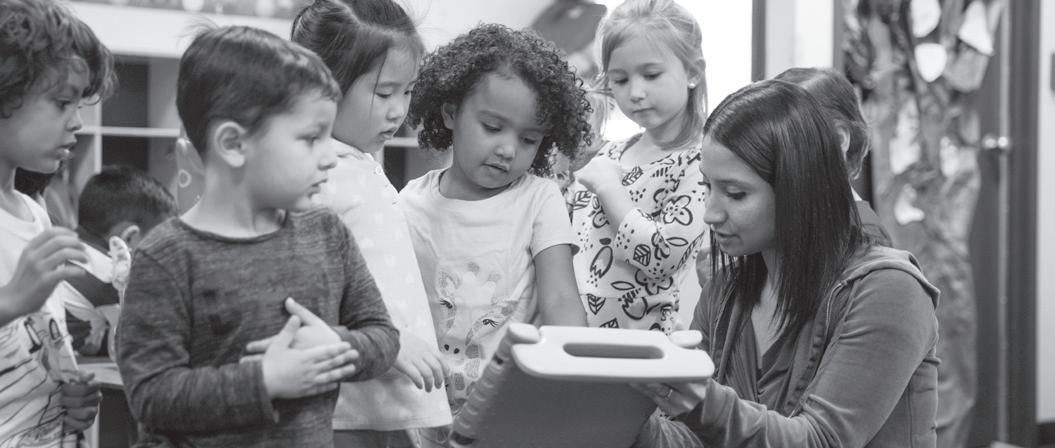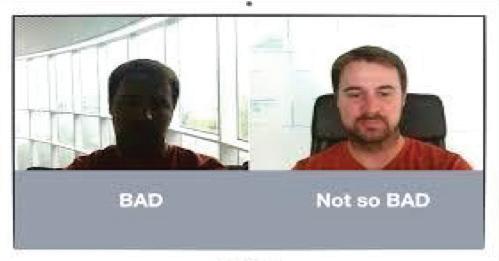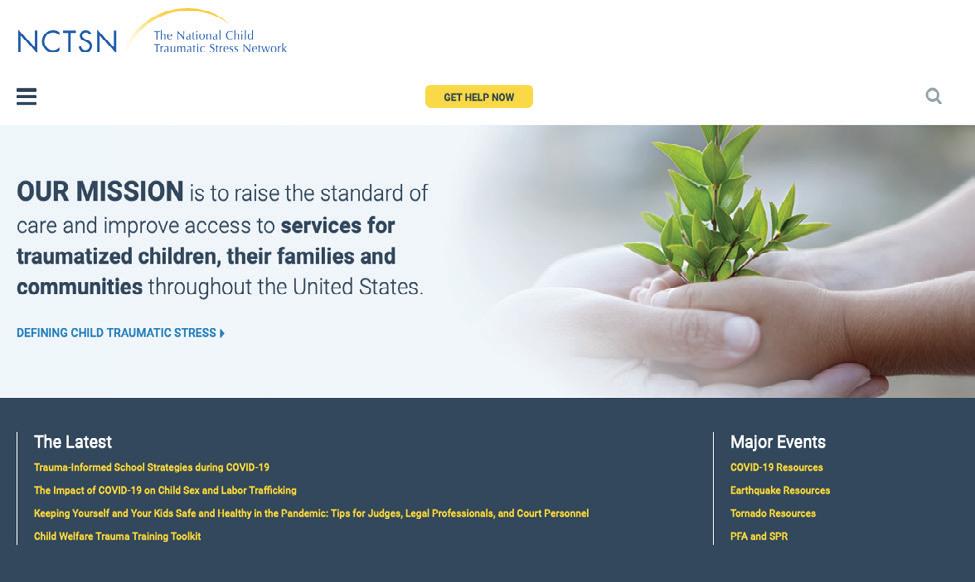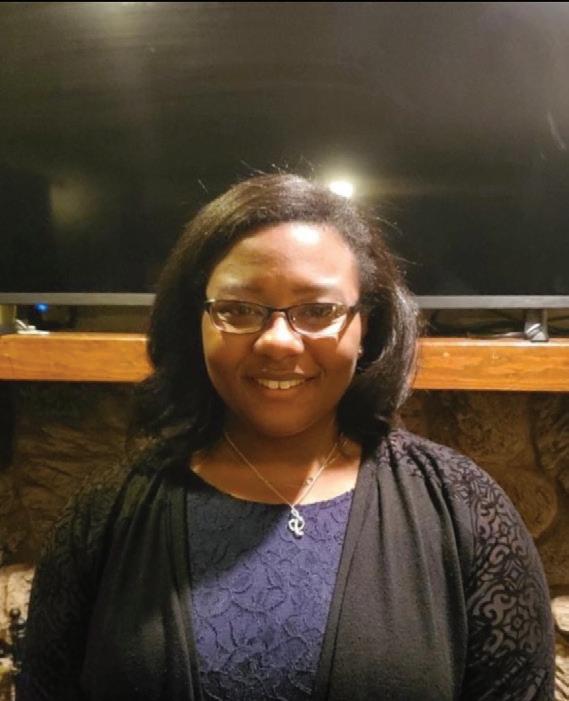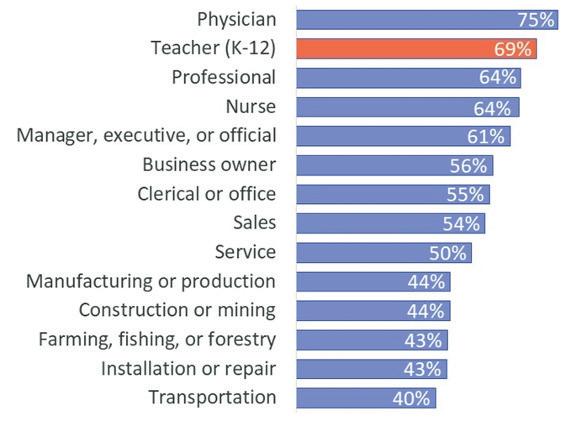Job Search Handbook Editorial Committee
R
emember those days in kindergarten when you had the chance to show the class your very favorite toy and tell all about it? Everyone wanted to see the toy, to hold it in their hands. They needed the concrete experience of it. Your resume needs to also be as concrete as possible. Think about how you can show your prospective employers why they should interview you instead of other applicants. This is not an easy task to do because you and the rest of the candidates have all completed similar tasks in the classroom. So how can you make your resume show why they should talk to you? Recruiters need students to back up what they are saying with proof. Start by putting those actions verbs to work and create an articulate, concise bullet point list that creates a mini-picture of your lesson. Marketers have mastered this skill. They show you their products using creative and articulate phrases to get you to take a closer look. Then they back it up with proof: brighter teeth, shiny hair, safety ratings, happy people. Start by creating a list of your top 10 qualities and strengths in the classroom. At this point in your academic career, you have written multiple lesson plans. It is time you put those together and market your skills. Begin with one of those strong verbs; adapted, instructed, implemented, modeled, developed, are a few great choices. The next thing you need to do is put them to work by showing what you did.
Examples: Telling: Taught a literature lesson on character traits to fourth grade class. ~Not bad, but look how much better it could be if you just articulate a little more and show the reader how you did it.
Telling: Taught and assessed three units of Common Corebased reading and supplemented the curriculum with lessons on the skills of plot, story retell, and story theme. Showing: Taught and assessed three units of Common Core-based reading by supplementing the curriculum with lessons on plot, retelling, and theme using picture books and graphic organizers. Telling: Created numerous videos and interactive handouts for students to watch and access. Showing: Created numerous videos to teach slope and the F.O.I.L. method using Screencast. Incorporated ski goggles and aluminum foil to give students a relevant connection to the concept.
Resumes, Cover Letters, References, and Applications
Show and Tell: Putting Action Verbs to Work!
Incorporating specific details and actions to your general statement creates a visual for the reader of how you teach. Articulating your lessons with descriptive terms helps them to see how you implement, impact, assess and interact with students, showing them how you are different from the rest of the candidates, which in turn should get you the chance to speak to your skills during an actual interview. You are well on your way. Remember to not sell yourself short. Believe in your capabilities and show recruiters why you are the best candidate!
What education-related action statements can you include on your resume?
Showing: Adapted fourth grade literature lesson on character development by instructing students in small groups using character graphic organizers. Telling: Instructed high school science class on the periodic table. ~ This is basic; thousands of teachers taught this lesson through the year, but how did you do it differently? Showing: Instructed 3 sections of high school science classes using interactive responsive techniques on Kahoot while teaching a virtual lesson on the periodic table. ~Wow! That is different; now they know you are experienced at adapting and teaching online, and you are creative. We could not have gotten through 2020 and 2021 without either one of those skills, right?! Telling: Instructed ninth grade students to recognize fact versus fiction during unit on the Wild West. ~ That is a good bulleted point, but it can still be better! Check it out below. Showing: Instructed ninth grade students to recognize fact versus fiction by creating a Nearpod Adventure that required students to identify the facts.
33 American Association for Employment in Education








